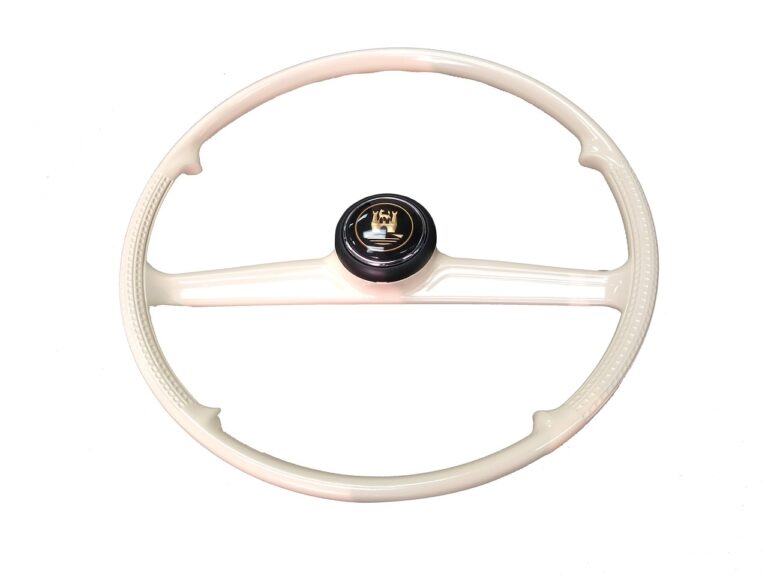Biometric Integration in Car Design: Personalized Driving Experiences
cricbet99.com sign up, Sky1exchanges Login, cricket bet99: Biometric Integration in Car Design: Personalized Driving Experiences
Picture this: You walk up to your car, it recognizes you, unlocks the door, adjusts the seat, mirrors, and climate control settings to your preferences, and starts the engine with just a touch. As you drive off, the car monitors your vital signs, adjusts the driving experience based on your stress levels, and even plays your favorite music to help you relax. This may sound like something out of a sci-fi movie, but with the advancements in biometric technology, it is becoming a reality in the automotive industry.
In recent years, car manufacturers have been increasingly integrating biometric sensors and features into their designs to create more personalized and seamless driving experiences for consumers. From fingerprint recognition and facial recognition to heart rate monitoring and voice recognition, biometric technology is revolutionizing the way we interact with our vehicles.
But what exactly is biometric integration in car design, and how does it enhance the driving experience? In this blog post, we will explore the benefits of biometric technology in cars and how it is shaping the future of automotive design.
Enhanced Security and Convenience
One of the key benefits of biometric integration in car design is enhanced security and convenience. With features like fingerprint recognition and facial recognition, cars can now authenticate the driver’s identity before allowing access to the vehicle. This not only prevents unauthorized access but also eliminates the need for traditional keys or key fobs, making the driving experience more seamless and hassle-free.
Biometric technology also enables personalized settings for different drivers, such as adjusting the seat position, mirror angles, and climate control settings based on the driver’s biometric data. This level of customization ensures a comfortable and tailored driving experience for each individual, enhancing overall convenience and comfort on the road.
Improved Safety and Health Monitoring
In addition to security and convenience, biometric integration in car design also enhances safety and health monitoring for drivers. By using sensors to monitor vital signs like heart rate and stress levels, cars can now detect if the driver is fatigued or in distress and adjust the driving experience accordingly.
For example, if the car detects an elevated heart rate or increased stress levels, it can automatically lower the volume of the music, adjust the seat position for better posture, or even suggest taking a break to relax and refocus. This proactive approach to safety helps prevent accidents and promotes overall well-being while on the road.
Personalized Entertainment and Connectivity
Another aspect of biometric integration in car design is personalized entertainment and connectivity features. By using voice recognition technology, cars can now recognize the driver’s voice commands and preferences, allowing for hands-free control of various functions like navigation, music selection, and phone calls.
Furthermore, cars can use biometric data to personalize the entertainment experience for each driver, such as recommending music or audio content based on past preferences, mood, or driving conditions. This level of customization creates a more enjoyable and engaging driving experience, keeping drivers entertained and connected while on the go.
The Future of Biometric Integration in Car Design
As biometric technology continues to evolve and improve, we can expect to see even more advanced features and capabilities integrated into future car designs. From iris recognition and gesture control to emotional recognition and health monitoring, the possibilities are endless when it comes to enhancing the driving experience with biometric technology.
With the rise of autonomous vehicles and connected car technologies, biometric integration will play a crucial role in shaping the future of transportation. By creating personalized and intuitive driving experiences for consumers, car manufacturers can differentiate their products and build stronger connections with drivers, ultimately leading to safer, more enjoyable journeys on the road.
FAQs
1. What are some common biometric features found in cars today?
Some common biometric features found in cars today include fingerprint recognition, facial recognition, voice recognition, and heart rate monitoring.
2. How does biometric integration enhance security in cars?
Biometric integration enhances security in cars by authenticating the driver’s identity before allowing access to the vehicle, eliminating the need for traditional keys or key fobs.
3. How does biometric technology improve safety for drivers?
Biometric technology improves safety for drivers by monitoring vital signs like heart rate and stress levels, detecting driver fatigue or distress, and adjusting the driving experience to prevent accidents.
4. What are some future possibilities for biometric integration in car design?
Some future possibilities for biometric integration in car design include iris recognition, gesture control, emotional recognition, and advanced health monitoring features.
5. How can biometric integration enhance the driving experience for consumers?
Biometric integration can enhance the driving experience for consumers by creating personalized and seamless interactions with the vehicle, including personalized settings, entertainment options, and safety enhancements.
6. Which car manufacturers are leading the way in biometric integration?
Car manufacturers like BMW, Mercedes-Benz, and Ford are among the leaders in biometric integration, implementing advanced features in their latest models to improve the overall driving experience for consumers.







